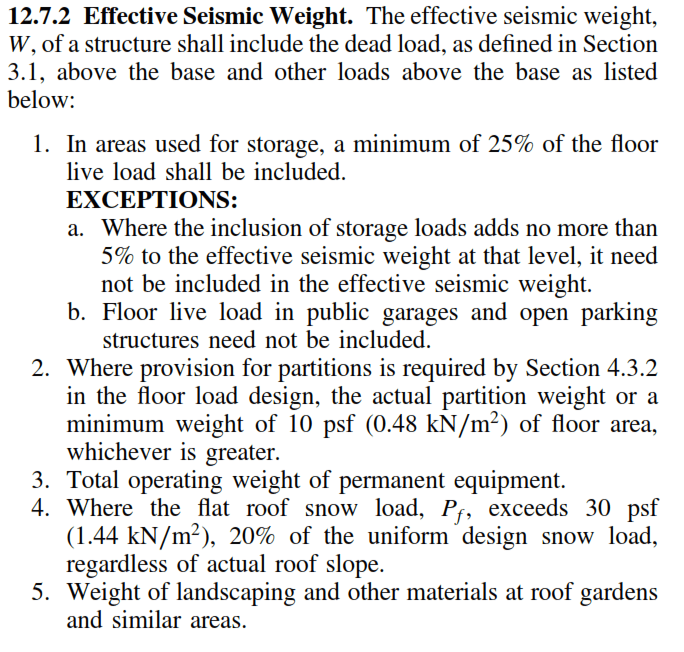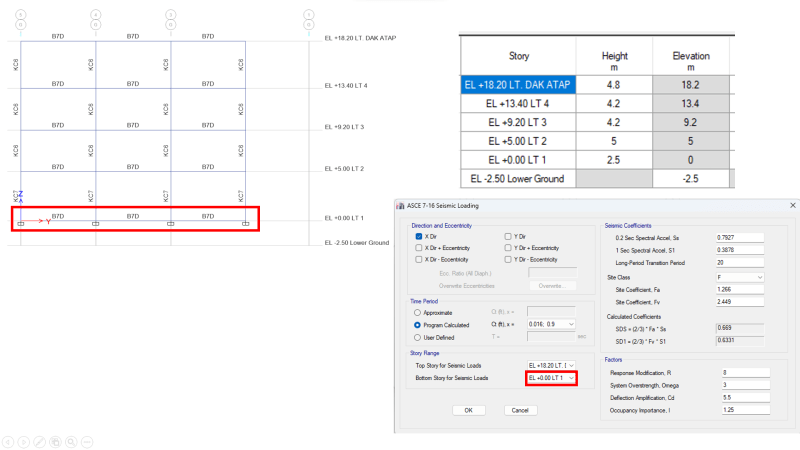I was wondering for example I was modelling a 4 stories building in ETABS, why most people on youtube didn't design or model the tie beam/sloof in ETABS? My real question is, do you need to take account of the weight of the tie beam in determining the effective seismic weight for eartquake calculation? ASCE 7-16 didn't mention anything about including/excluding tie beam in calculating the effective seismic weight, however as I mention above, most youtube videos shown that the didn't model the tie beam or the neglect it even exist. I'll greatly appreciate an explanation with a trustworthy source from journal or other codes
Thank you

Thank you


